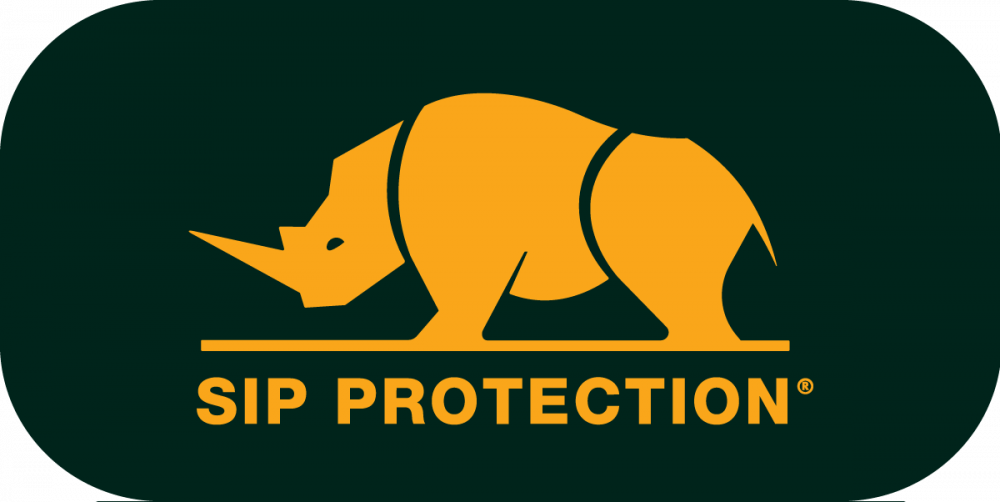EN ISO 11393 supersedes EN 381 – What has changed?
Only in 2020, a new Standard for the same products was published in the Official Journal of the EU: EN ISO 11393.
What are the main differences between EN 381 and EN ISO 11393 ?
Testing methods
Many of the changes have to do with the testing methods.
For example, the wash procedures before the cut test in EN 381 are now no longer mandatory. A manufacturer can choose to test before washing.
Another difference is the definition of the sizes that are used for the cut test. In EN 381, it was common to take the medium size of the complete size-range. In EN ISO 11393, cut tests are still performed on the medium size, but also on the smallest and largest sizes of the size range.
Why is that? The smallest size contains less surface of blocking material, as it is smaller, and therefore it is a safer starting point to the rest of the sizes.
Chainsaw gaiters
Another difference is the certification of Chainsaw Gaiters. With EN 381-9, they could be certified to class 0, but now with EN ISO 11393-5, they can no longer be certified to class 0 (16 m/s), but they must minimally resist class 1 (20 m/s chainsaw speed).
Chainsaw surface in leg protection
By far the biggest change is in the different designs of chainsaw surface; the type A, B and C from EN 381-5, leg protection.
In EN 381-5, Design A stands for front protection, with an additional 5 cm of blocking material on the outside of the left leg and on the inside of the right leg. Design B is similar to design A with an additional 5 cm of blocking material on the right side of the left leg. And Design C means full 360° protection.
In all cases, there should never be more than 5 cm unprotected from the hem, and the blocking material should always cover minimum 20 cm above the crotch.
In EN ISO 11393, the required surface of Design A and Design C remains unchanged. The big change lies in Design B. In EN ISO 11393, Design B disappears as a surface of protection. In the future, you can only choose between Design A and Design C. Keep on reading the part about chaps to find out more about Design B.

Chaps
In EN ISO 11393, Design B has become a completely new style of product. Until now, so-called chaps, front fabric with belts-and-buckles closure at the back, were not allowed in EN 381-5. In EN ISO 11393-2, chaps are not only allowed, they even get a dedicated design: Design B.
Chainsaw users in other parts of the world, outside of Europe, have known the benefits of chaps for a long time. They are very suitable for the occasional work, allowing you to put them on and off very rapidly and easily. They are also very welcome in those warm summer days, as the back of the legs are uncovered and allow very good ventilation.
There is, however, a bigger risk of getting snagged with the open back. They are intended to be used for occasional work with chainsaws.
What is the timing and the validity of both standards ?
EN 381 is still valid. 19 November 2021 is an important date.
- Until 19 November 2021: products can still be certified to EN 381. Those certificates are valid for 5 years. The EN 381 certified products can be sold until the expiry date of their certificate.
- In the period until 19 November 2021: products can also be certified to EN ISO 11393.
- From 19 November 2021 onwards, all new certifications (and productions) must be labelled to EN ISO 11393.
In the field, we see EN ISO 11393 labelled products appear much sooner, as public tenders tend to ask for the latest standards. This tendency is logical, because regular customers also tend to ask for the latest standards, and every conscious manufacturer strives to offer products that meet the latest standards. Especially if those imply an improved level of safety.
You can select all EN ISO 11393 certified styles in the product filter on our overview page.

